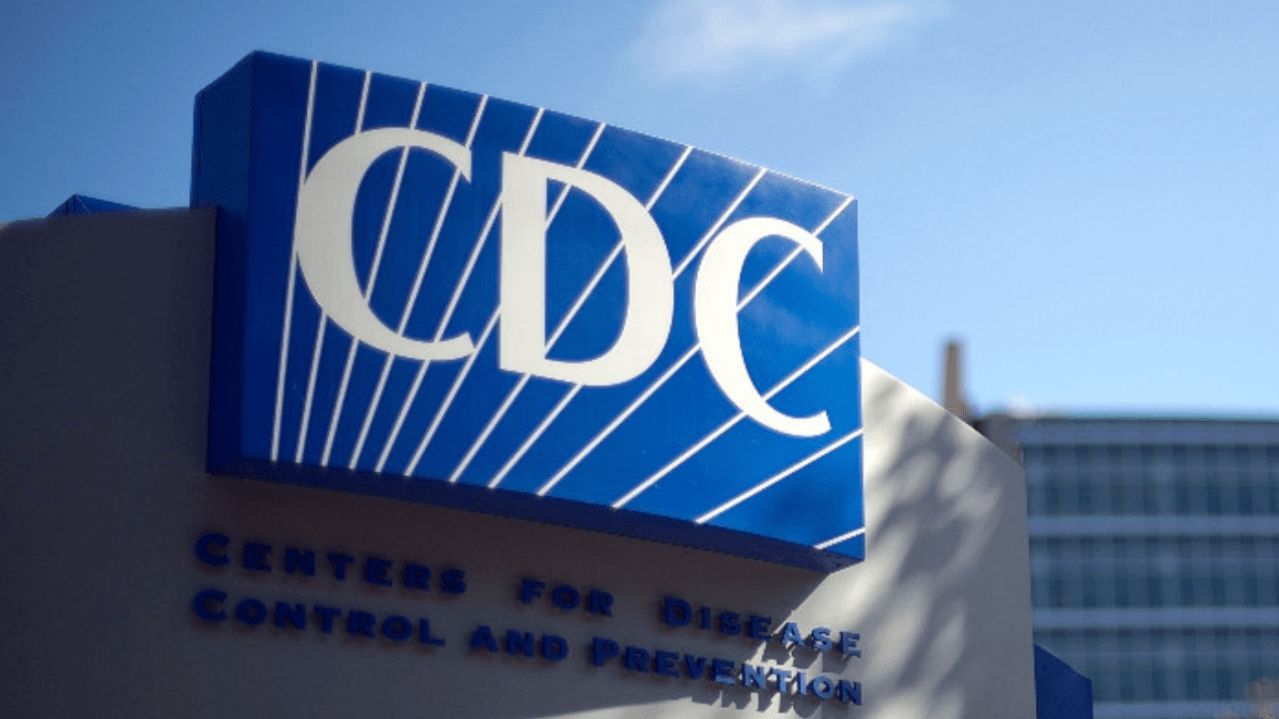Leprosy cases surging in Central Florida: CDC
Health officials say that cases of leprosy, also known as Hansen’s disease, are surging in Central Florida.
In a news release Monday, the Centers for Disease Control and Prevention (CDC) said that Central Florida has accounted for 81 percent of reported cases in the state and almost one-fifth of reported cases nationwide.
“Leprosy has been historically uncommon in the United States; incidence peaked around 1983, and a drastic reduction in the annual number of documented cases occurred from the 1980s through 2000,” the release reads. “However, since then, reports demonstrate a gradual increase in the incidence of leprosy in the United States. The number of reported cases has more than doubled in the southeastern states over the last decade.”
Authorities said that several cases in Central Florida have demonstrated no clear evidence of zoonotic exposure or traditionally known risk factors. They also noted that they have reported a case of lepromatous leprosy in the area in a male resident without risk factors for known transmission routes.
Leprosy is a chronic infectious disease primarily affecting a patient’s skin and peripheral nervous system. It spreads through extended close contact with a patient who is untreated.
The known symptoms of leprosy include discolored skin patches, thick and dry skin, skin growths, the loss of eyebrows and eyelashes, muscle weakness or paralysis and enlarged nerves, according to CBS News. Serious symptoms, if the disease is not treated, can develop into blindness, ulcers on the bottom of the patient’s feet and paralysis and crippling of hands and feet.
According to the World Health Organization, medical officials report more than 200,000 cases of leprosy every year in more than 120 countries. The CDC states that about 150 people get infected with the disease in the U.S. annually.
Source: The Hill


